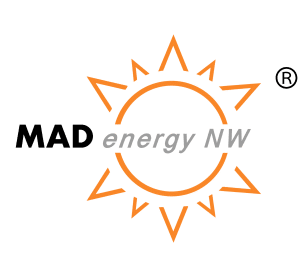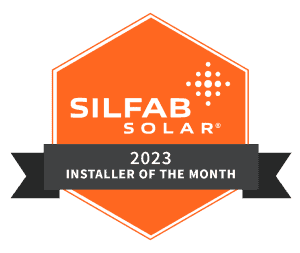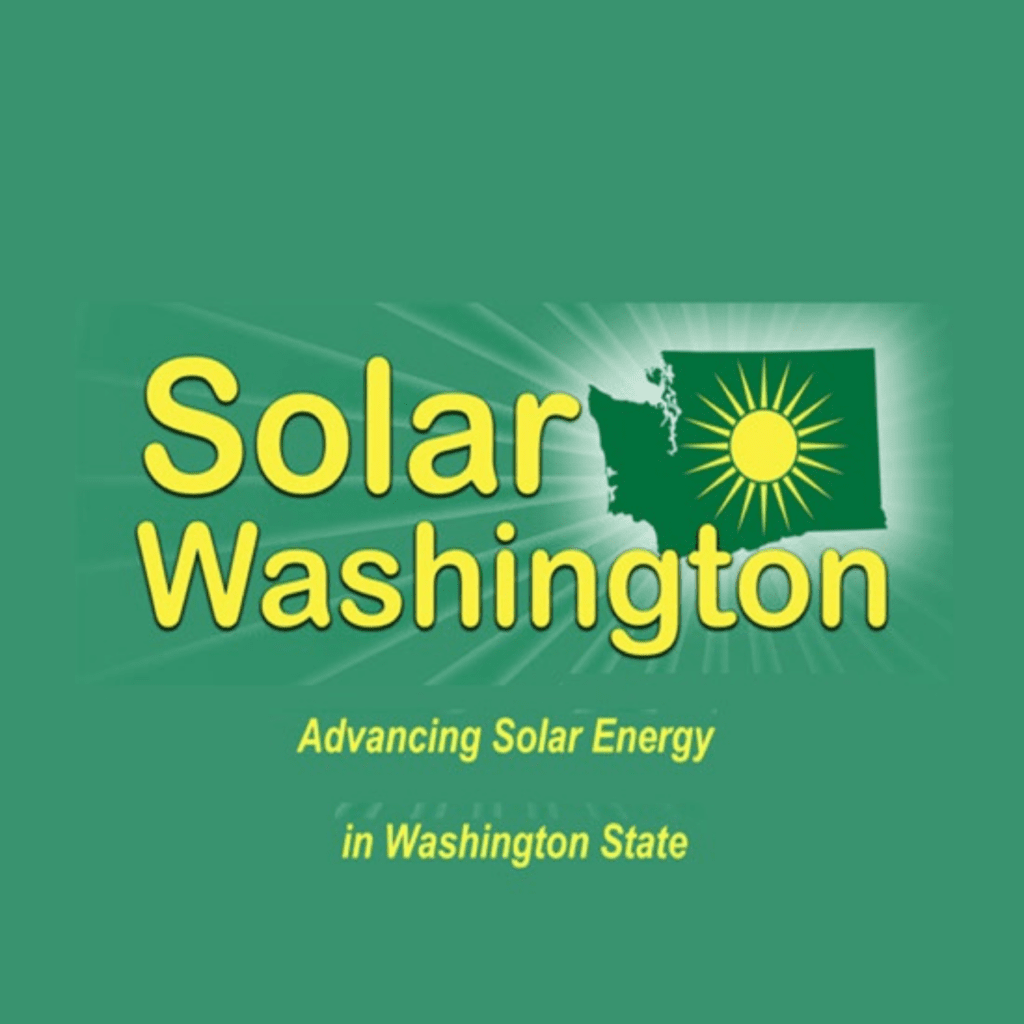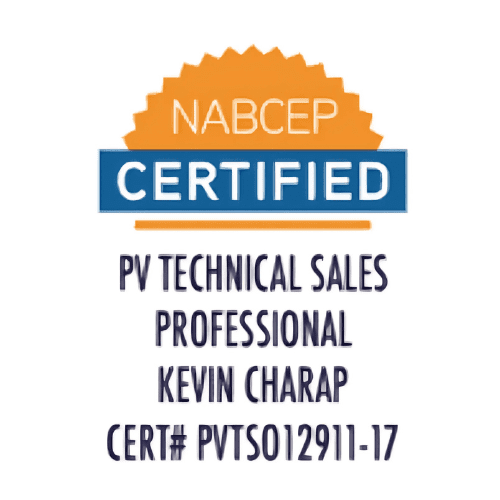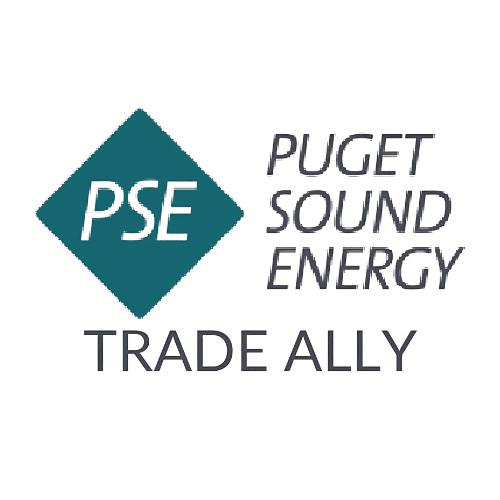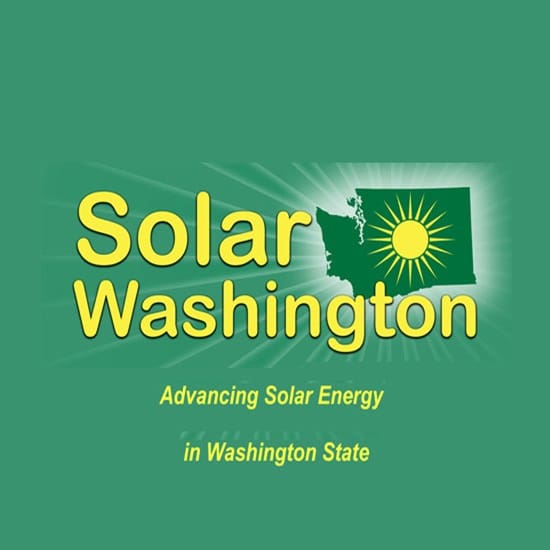Residential Solar Panel Experts
Residential Solar Panels: The Future of Sustainable Energy
In today’s world, where the effects of climate change are becoming more evident every day, it is increasingly important to transition to renewable sources of energy. One of the most accessible and practical ways to do this is by installing residential solar panels. Companies like MAD Energy NW are leading the way in making this transition possible by offering solar panel installation services, solar batteries, and EV charging stations.

Solar panels are an excellent investment for homeowners who want to save money on their energy bills while reducing their carbon footprint. By harnessing the power of the sun, homeowners can generate their own electricity and reduce their reliance on traditional energy sources. Solar panels are also incredibly durable and require little maintenance, making them a long-term investment that doubles or triples their return on investment in energy savings over time.
MAD Energy NW specializes in solar panel installation, offering homeowners a turnkey solution that includes everything from design and engineering to installation and maintenance. Their team of experts works closely with homeowners to design a system that meets their unique energy needs and budget. MAD Energy NW uses high-quality solar panels from top manufacturers like Silfab, Mission, and REC, ensuring that homeowners receive the most efficient and reliable solar panels on the market.
In addition to solar panel installation, MAD Energy NW also offers solar batteries, which allow homeowners to store excess solar energy for use during times when the grid goes down. Solar batteries also provide a sense of energy independence, allowing homeowners to rely less on traditional energy sources and more on their own solar power.
MAD Energy NW also offers EV charging stations, which allow homeowners to charge their electric vehicles using solar energy. By installing an EV charging station, homeowners can reduce their reliance on traditional gasoline-powered vehicles, saving money on gas and reducing their carbon footprint even further. MAD Energy NW offers a range of EV charging solutions, including Level 2 charging stations and DC fast charging stations.
One of the key advantages of installing residential solar panels is the potential for significant cost savings on your energy bills. By generating your own electricity, you can reduce or even eliminate your reliance on traditional energy sources, which can be expensive and subject to fluctuating prices. Over time, the cost of installing solar panels has decreased, making them a more accessible option for homeowners. In addition, federal and state incentives, such as tax credits and rebates, can help offset the upfront costs of installation.
Another important benefit of residential solar panels is their environmental impact. Solar energy is a clean and renewable source of energy that produces no emissions, making it an excellent way to reduce your carbon footprint. By switching to solar energy, homeowners can help combat climate change and contribute to a more sustainable future for our planet. In fact, according to the National Renewable Energy Laboratory, the average residential solar panel system can offset the carbon emissions of a typical passenger vehicle driven for 26,000 miles per year.
Residential solar panels are an excellent investment for homeowners who want to save money on their energy bills while reducing their carbon footprint. Companies like MAD Energy NW are making this transition to renewable energy possible by offering solar panel installation, solar batteries, and EV charging stations. By harnessing the power of the sun, homeowners can generate their own electricity, store excess energy for later use, and even earn money by exporting excess energy back to the grid. With solar energy, homeowners can achieve a sense of energy independence while reducing their reliance on traditional energy sources. So, if you’re looking to make the switch to renewable energy, contact MAD Energy NW today to learn more about how they can help you go solar.
